How offsites boost employee retention and productivity
By Kate Monica|5 min read|Updated May 4, 2023
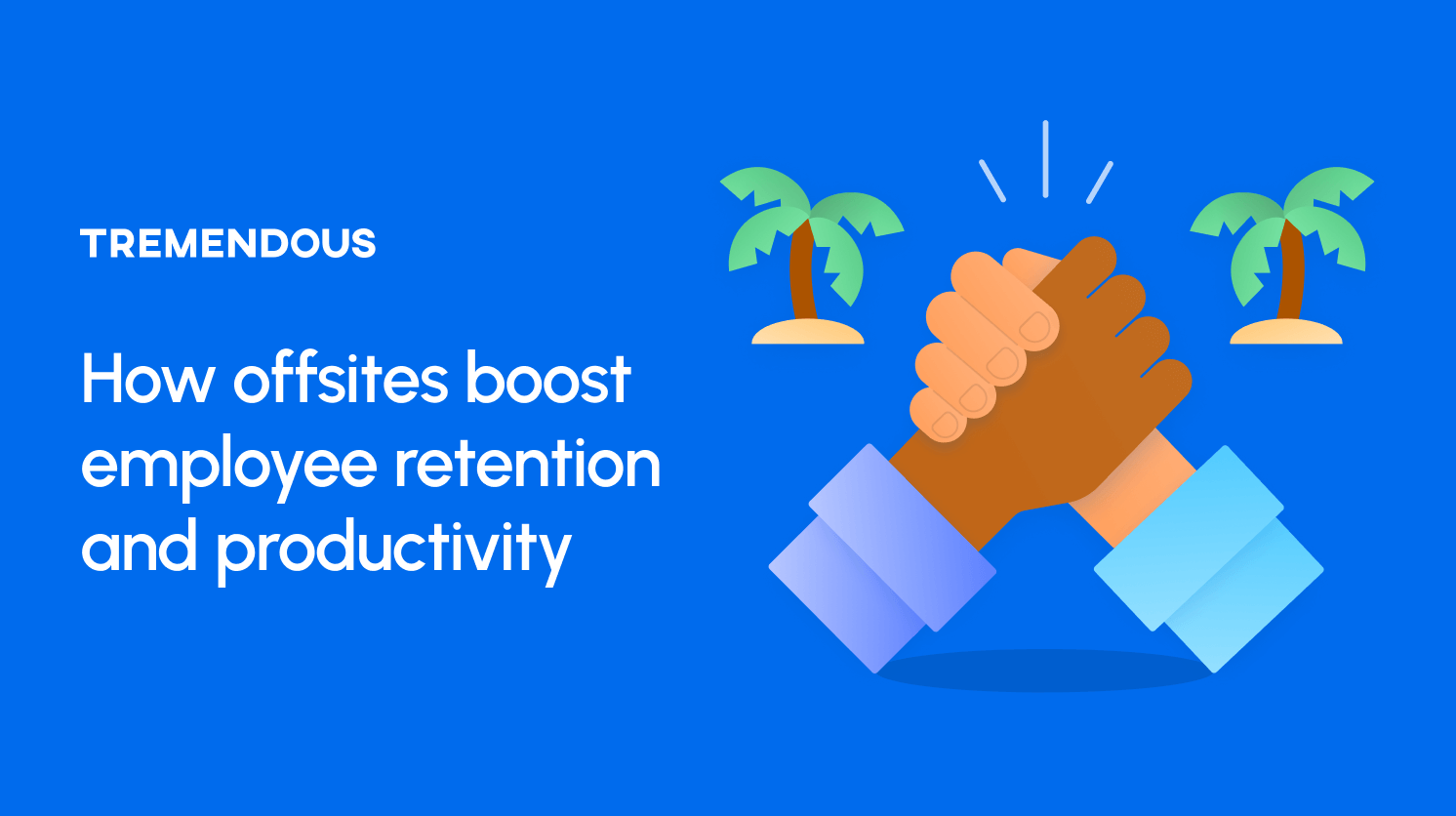
We are very, very serious about offsites. They’re integral not just to our culture, but to our success as an organization.
We have an extremely high revenue-to-employee ratio. We haven’t had an employee leave voluntarily in over a year.
And we firmly believe our high employee retention rate and productivity are partly due to our commitment to hanging out together, twice a year, in a scenic locale.
Most people agree working remotely is better than working in the office, evidenced by the fact that flexible and remote jobs see 7x the applications that in-office jobs get.
But there’s one area where fully-remote work typically falls short: culture. Camaraderie. How do you build genuine relationships with people over Zoom and Slack?
The answer is not a Zoom happy hour, or a remote book club. Increasingly, companies are pushing offsites as the solution to the dearth of social interaction endemic to remote workplaces.
There’s two camps of offsites: there’s the strategy-focused offsite, which we also do. For us, these are team-based. We have one for the go-to-market team, for example, twice a year. On these offsites, we spend the week collaborating.
Then, there’s the company-wide offsite that could more accurately be called a retreat. We don’t do much work, if any, on these offsites. We mostly just hang out. We hold these twice a year as well.
It’s hard to fully understand why offsites are so important if you’ve never experienced one. But they’re a tenet of our culture for a reason.
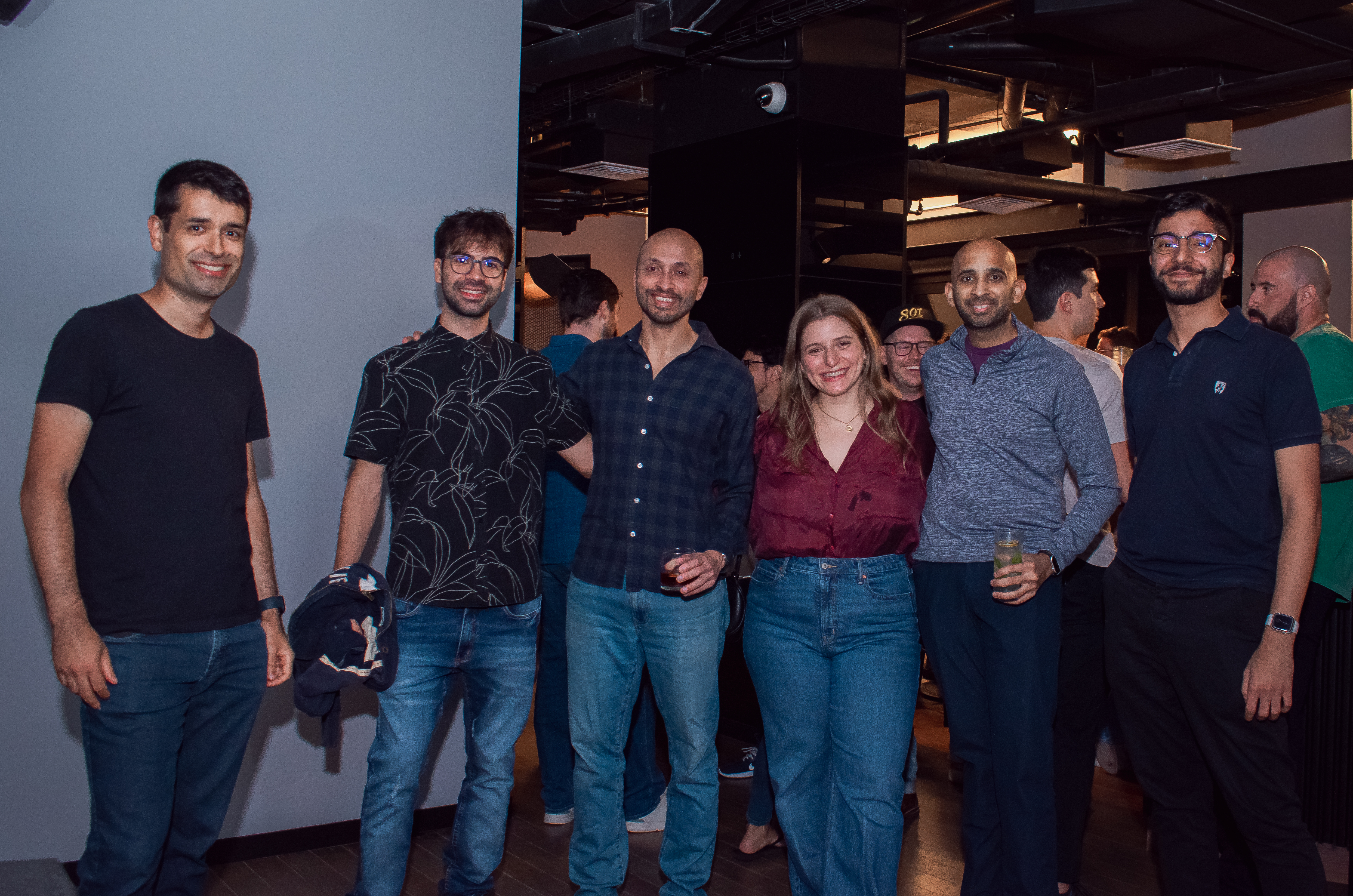
Weighing the offsites equation: the ROI of an expensive trip
Almost 75 people are orbiting around a bar on the top floor of a boutique hotel in Medellin, Colombia. Rain and wind occasionally lash the floor-to-ceiling windows. Nick Baum, the co-founder and CEO of Tremendous, is holding up a Negroni, trying to quiet the crowd.
“Why do we hold offsites?” he says.
"Because they're cheaper than an office in New York," someone responds.
It’s true. A commercial office space in midtown New York will run you a little over $85 per square foot, on average. The typical office space allotts about 250 square feet per employee. So, for a company of 75 people, we’d pay $1,593,750 per year just to function in-office.
Offsites aren’t cheap, but they aren’t even close to over a million a year.
Of course, we don’t just hold offsites because they’re cheaper than an office.
We do it because we considered one important dichotomy. Ultimately, all companies must choose between:
Diluted, constant, unintentional socialization at the office
Concentrated, limited, intentional socialization at offsites
Socialization at the office is stifled by an air of overt professionalism, conflicting priorities (should you socialize or actually work?), and the stagnant monotony of being at work.
Coworkers will certainly say ‘hi’ to each other, maybe get lunch, and sometimes approach each other to ask a quick question. But these interactions are brief, relatively surface-level, and occasionally unwelcome.
Being interrupted when you’re in the zone isn’t anybody’s idea of a good time. And at work, people are rarely thinking about whether they’re building authentic relationships with their teammates. They’re mostly just thinking about work. And how they’d rather be home.
Offsites are a different story.
“There’s intentionality behind offsites,” says Colleen Zhang, our Events Manager. She organizes every one of our offsites.
“We all want it to be time well spent. And for me, I’m always thinking about, ‘how can I make this time more valuable?’”
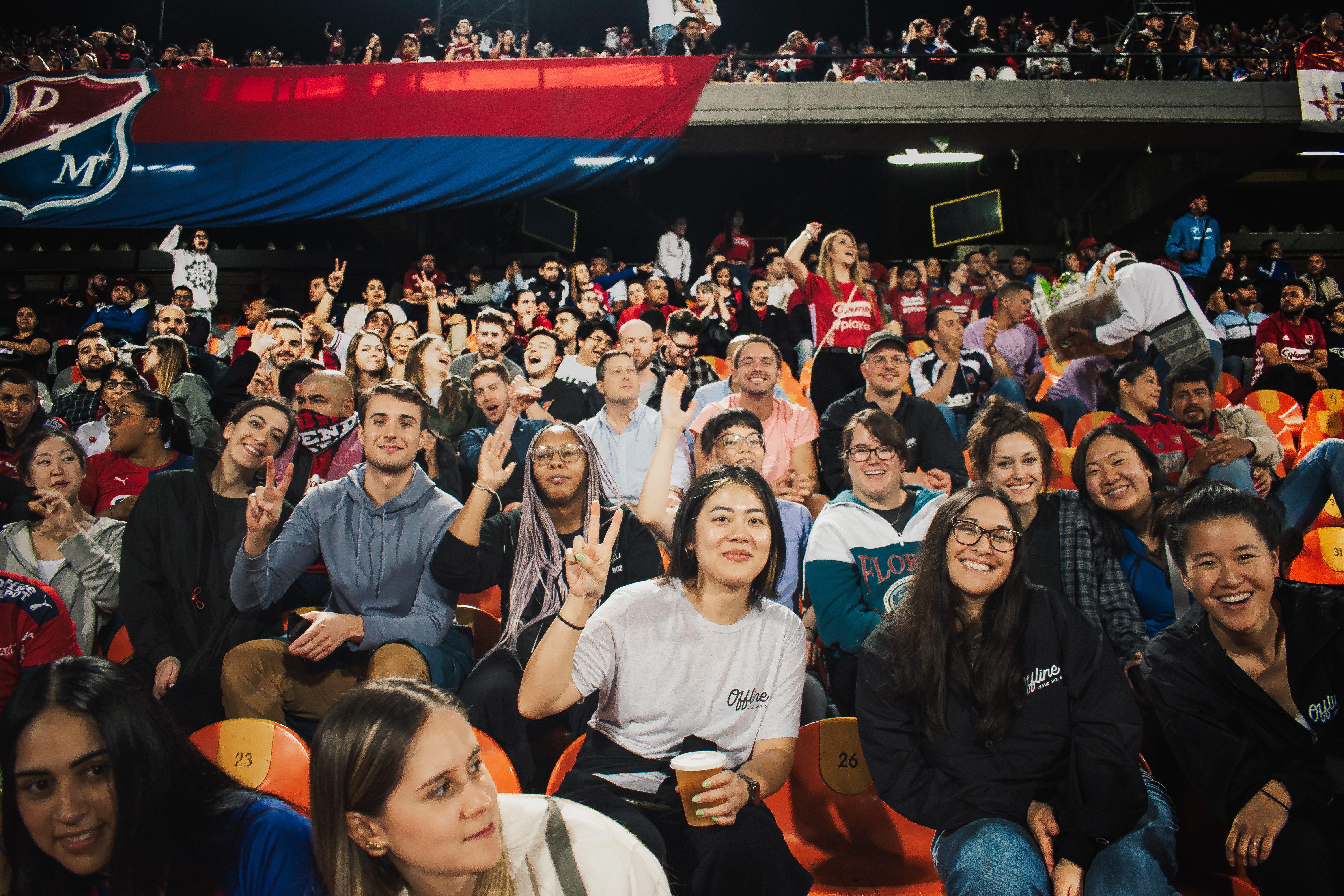
It feels a lot different to chat with a coworker when you’re both looking out at the bucolic Colombian mountainside, or walking together through a coffee farm, or on a bike tour, pedaling up the bustling, verdant city streets of Medellin.
In our experience, concentrated periods of socialization in relaxed environments yield genuine bonds.
These bonds make collaboration more natural and stimulating. They make giving and getting feedback easier. And they make work more enjoyable.
“I always walk away from offsites full of ideas for collaboration and new projects,” says Caroline Lu, Senior Product Marketing Manager. “At our last offsite, I literally said, ‘I wish I hadn’t planned a vacation the week after,’ because I wanted to leverage the momentum.”
While we do hold team-based strategy meetups where we focus almost entirely on collaborative work, these purely social offsites are what fuel our most authentic connections.
“Offsites where everyone’s there just to have fun – that model is very underutilized,” says Colleen. “And people don’t know for sure what the ROI is going to be. There is no metric to measure the intangibles that you get out of it.”
There’s no precise metric to track how offsites directly impact work performance and employee satisfaction. But there is a pretty good proxy.
Our eNPS score is 85. The average eNPS score is 32. Industry benchmarks dictate anything between 10-30 is good. Above 80 is considered “best in class."
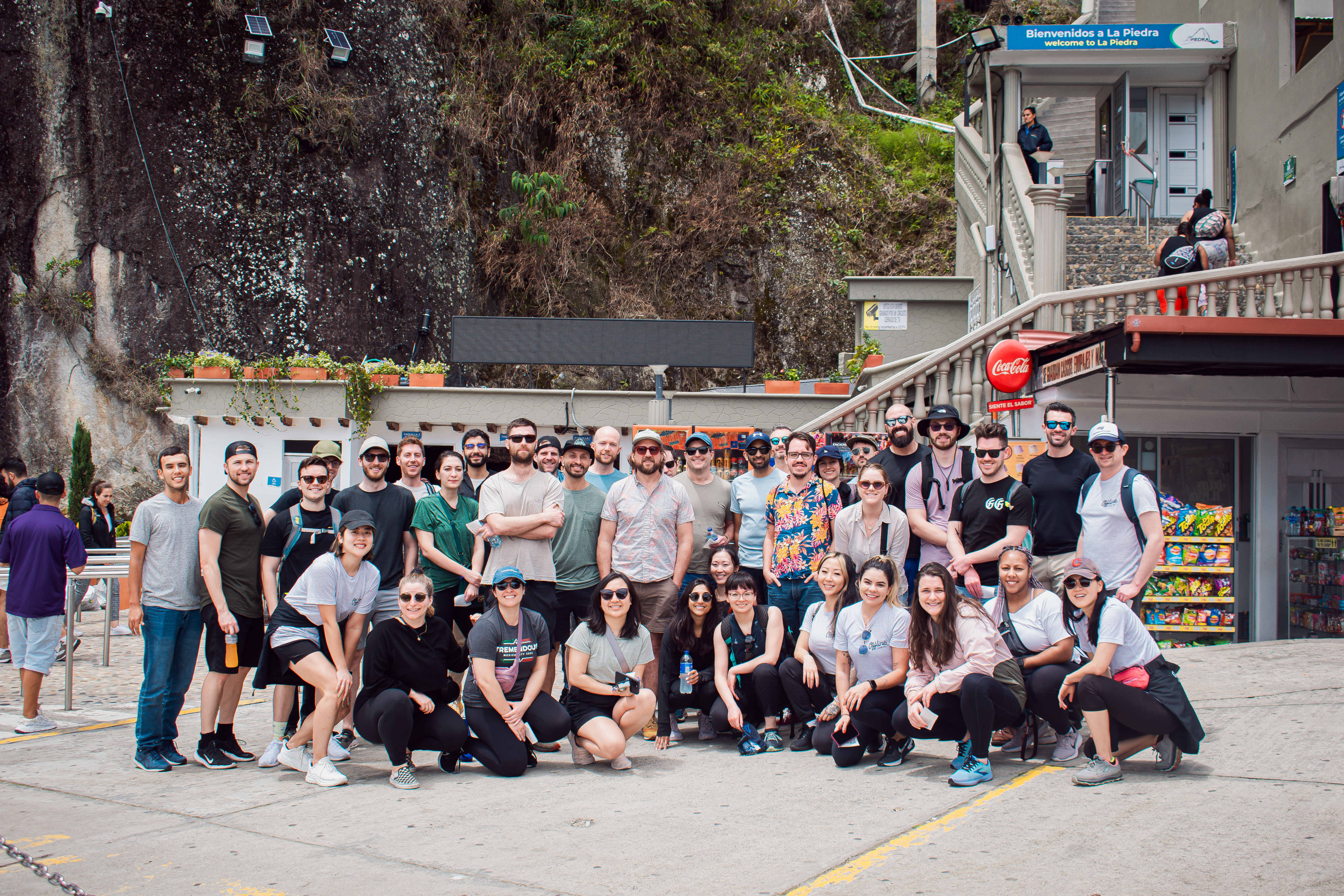
How to organize an offsite
It’s possible to organize offsites DIY. But at a certain size and frequency, it makes way more sense to hire a seasoned events manager to take over.
For us, that’s Colleen. She handles our team-specific strategy meetups, as well as our company-wide, week-long hangs.
She scouts hotels, organizes team-building events, scopes out restaurants and venues, negotiates with vendors, and schedules activities. And she picks places all of our employees (we speckle Canada, Brazil, and the US) can travel to without enduring the headache that is acquiring a visa.
“For any offsite, there’s always a million moving pieces at the same time. Logistically, there are always challenges,” Colleen says.
It’s gotten increasingly complicated as the team grows. The first offsite Colleen planned was in Mexico City, for about 40 people. This spring, in Medellin, about 75 people showed up. In the fall, Colleen estimates she’ll have to make arrangements for more than 90 colleagues in Lisbon.
“And then there’s the challenge of: how do we make this fun for everybody? We want these to be inclusive. How do we have a proper balance between work and activities?”
Accommodating the tastes and preferences of 75 different people is a logic puzzle spanning the spectrum of human interests. That’s why we have someone dedicated to piecing it all together.
Our offsites have a distinctly relaxed vibe. But they’re still, of course, company-sponsored events. So, while socializing feels less stiff and more organic, we still maintain the baseline professional comportment that got us hired.
“In our offsite documentation, there is a section about the proper way to conduct yourself during these events,” notes Colleen. “Folks already have that in mind going into these offsites, and there’s been a good precedent set by folks who went prior.”
Striking the right balance between a professionalism that suppresses authenticity and a professionalism that keeps the atmosphere safe and respectful is key.
And while they require money and effort and logistical acumen, offsites pay off in idiosyncratic, essential ways.
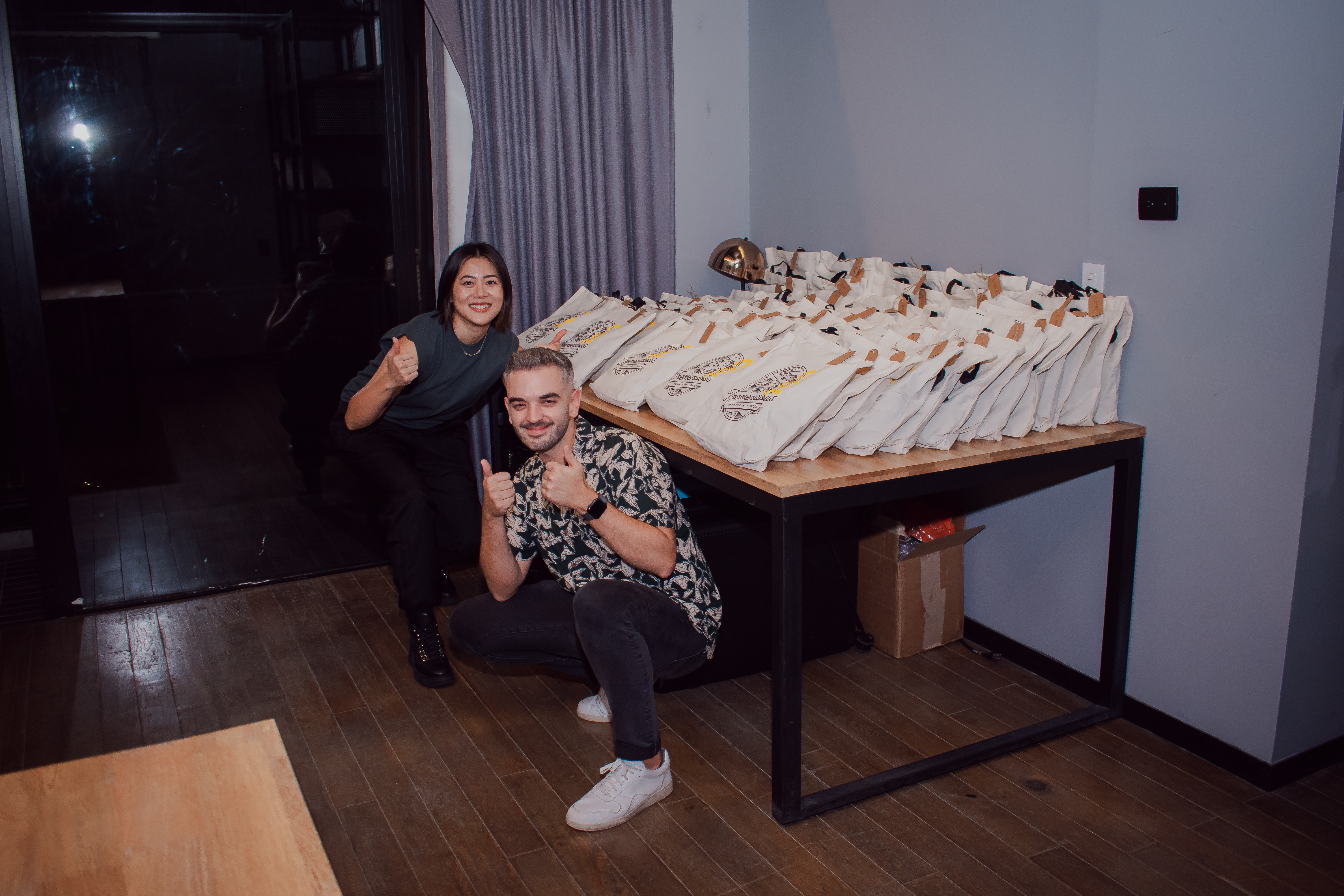
The intangible benefits of sincere relationships at work
We’re social animals, and we spend a third of our lives at work.
To live fulfilling lives and internalize a sense of community, we need to know and care about and understand the people we work with everyday.
“Having the opportunity to meet people in person and create these bonds and connections is something you’re never gonna get through any other experience,” says Colleen.
“These are the types of experiences that make you feel like you belong to a company, belong to your team, and have friends in the space you work. I don’t think there’s anything that can replace that.”
Offsites are especially important in a high-documentation, low-meeting work culture.
Forget Zoom happy hours – we rarely even meet to discuss work-related stuff. We’re typically only responsive online from 12-3pm EST, and almost all of our communication is done semi-synchronously over Slack.
We spend the majority of our time doing focus work individually, from the comfort of our own homes. It’s hugely productive.
But, without regular offsites, it would also be alienating and lonely.
“I can’t even imagine being at this company, working fully remote, and never having an opportunity to meet the people I work with in person,” Colleen says. “It really adds to the experience of working at a company where normally you’re doing your own thing and being autonomous.”
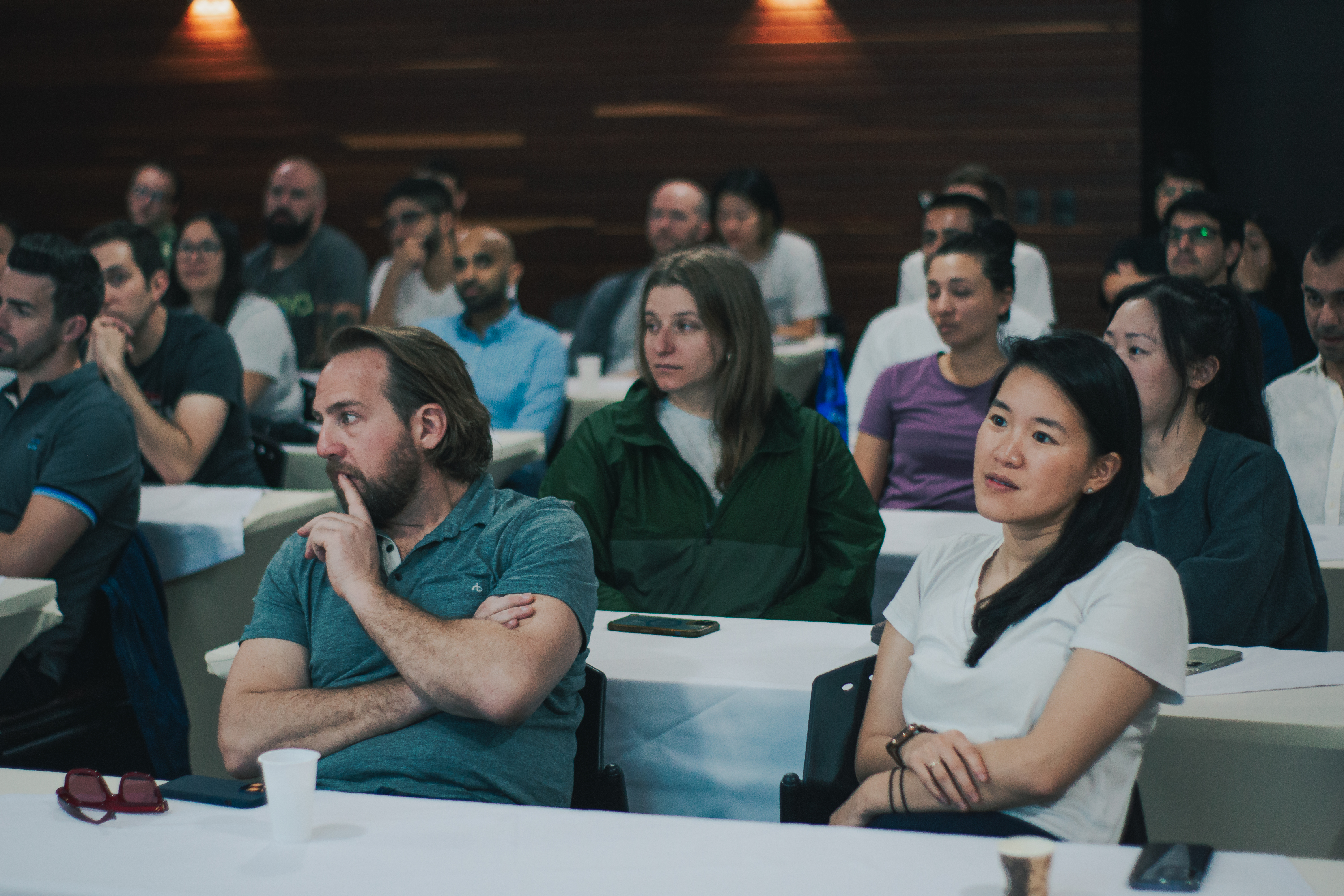
The bottom line
It’s morning in Medellin, and a diaphanous fog has settled over the mountains and fruit trees. At an outdoor cafe, our General Counsel is telling an SDR about her family, while our Senior Brand Designer flags down a waiter to get coffee for a Senior Software Engineer.
All across the patio, coworkers float in and out of conversations, pull up yet another chair at already crowded tables, and consider their plans for the day.
Some are heading to a soccer game, others will stroll through neighborhoods reinvigorated by street art, still others will hang at the hotel and stretch breakfast into its languid third hour.
No one is rushing to hit a deadline, or anxious to get home by dinner.
“How people feel about their company, and how people feel about the culture – it really does go a long way,” says Colleen. “If executed properly, these offsites can build a company culture where people feel like they both bring value and are valued.”
“Everybody, at the end of the day, wants to feel like they’re a part of something.”
Published May 4, 2023
Updated May 4, 2023


